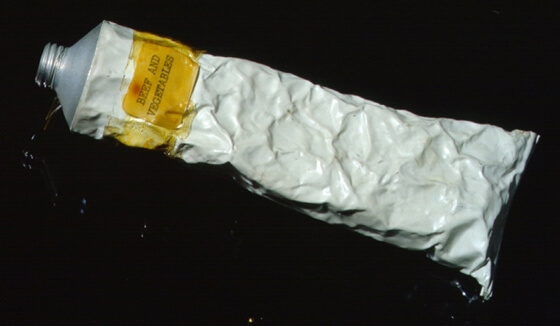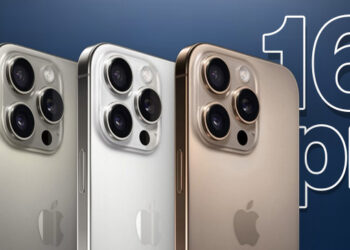In the early days of space exploration, the experience of dining beyond Earth’s atmosphere was a far cry from the culinary delights we enjoy on our home planet.
When Yuri Gagarin, the Soviet Union’s pioneering astronaut, embarked on his historic journey into space in 1961, he carried with him the first meal ever consumed in the cosmos.
This inaugural space meal consisted of two servings of pureed meat and a tube of chocolate sauce, ingeniously designed for consumption by squeezing, much like toothpaste.


The subsequent Mercury astronauts, who followed Gagarin’s pioneering footsteps, faced a less appetizing culinary challenge. Their space meals comprised freeze-dried food in powdered form and bite-sized cubes, a far cry from the gourmet experiences they might have imagined.
Rehydrating and eating these foods in microgravity proved to be a cumbersome task.
Challenges with Food in Space
Developing space food posed unique challenges. Scientists had to ensure that space cuisine was crumble-free, lightweight, easy to prepare and consume, shelf-stable without refrigeration, and nutritionally sufficient to sustain astronauts during their space duties.
In 1962, John Glenn became the first American to dine in space, consuming puréed beef with vegetables from an aluminum tube, among other space-friendly delicacies.
At the time, the primary concern was how the human body would react to eating in the absence of gravity. Fortunately, Glenn’s body handled the experience well.
However, the era of toothpaste-like space foods persisted during NASA’s Mercury program, with astronauts adapting to meals from tubes and other unconventional options, including freeze-dried powders and bite-sized cubes.
Serving Better Meals to Astronauts
As space exploration advanced, particularly during NASA’s Project Gemini in the mid-1960s, improvements in freeze-drying techniques opened up new possibilities for space cuisine.
Luxurious options like shrimp cocktail, toast, chicken with vegetables, and pudding made their way onto the menu. These developments marked a departure from the less-than-appetizing options of the past.
The Apollo missions brought further advancements in space gastronomy. The introduction of hot water simplified the rehydration of freeze-dried foods, resulting in more appetizing fare.
The innovative “spoon bowl” allowed for more conventional eating practices and special plastic zip-closure containers were used to store food, with moisture helping it adhere to a spoon.
It was not until the Gemini program, as NASA prepared for lunar missions, that the agency addressed astronauts’ culinary complaints. Gemini astronauts were finally able to enjoy more solid-like food options, bidding farewell to food-paste tubes and gelatin-covered cubes to prevent crumbs.
NASA further improved the freeze-dried food experience by packaging it in plastic containers, making it easier for astronauts to prepare meals like shrimp cocktails, chicken with vegetables, and other palate-pleasing options.
Baking in Space?
In December 2019, a new culinary milestone was achieved in space when the first cookies were baked aboard the International Space Station.
The cookie dough, provided by DoubleTree by Hilton, spent two hours in the onboard oven, marking a sweet moment in the history of space gastronomy.















